In the warm early autumn months of 2019, I visited Northern Pakistan to trek in the shadows of some of the tallest mountains on earth. As a launching pad to the Nanga Parbat base camp, I found myself in the city of Gilgit, the capital of the semi-autonomous region of Gilgit-Baltistan (GB), which is situated at the convergence of three of the world’s tallest mountain ranges, the Himalayan, the Hindu Kush and the Karakoram.
While Gilgit-Baltistan has been a part of Pakistan since 1949, the region is not a province nor a self-administered unit and has lacked representational power in the federal government. Rather, it is an administrative territory of Pakistan controlled from Islamabad.
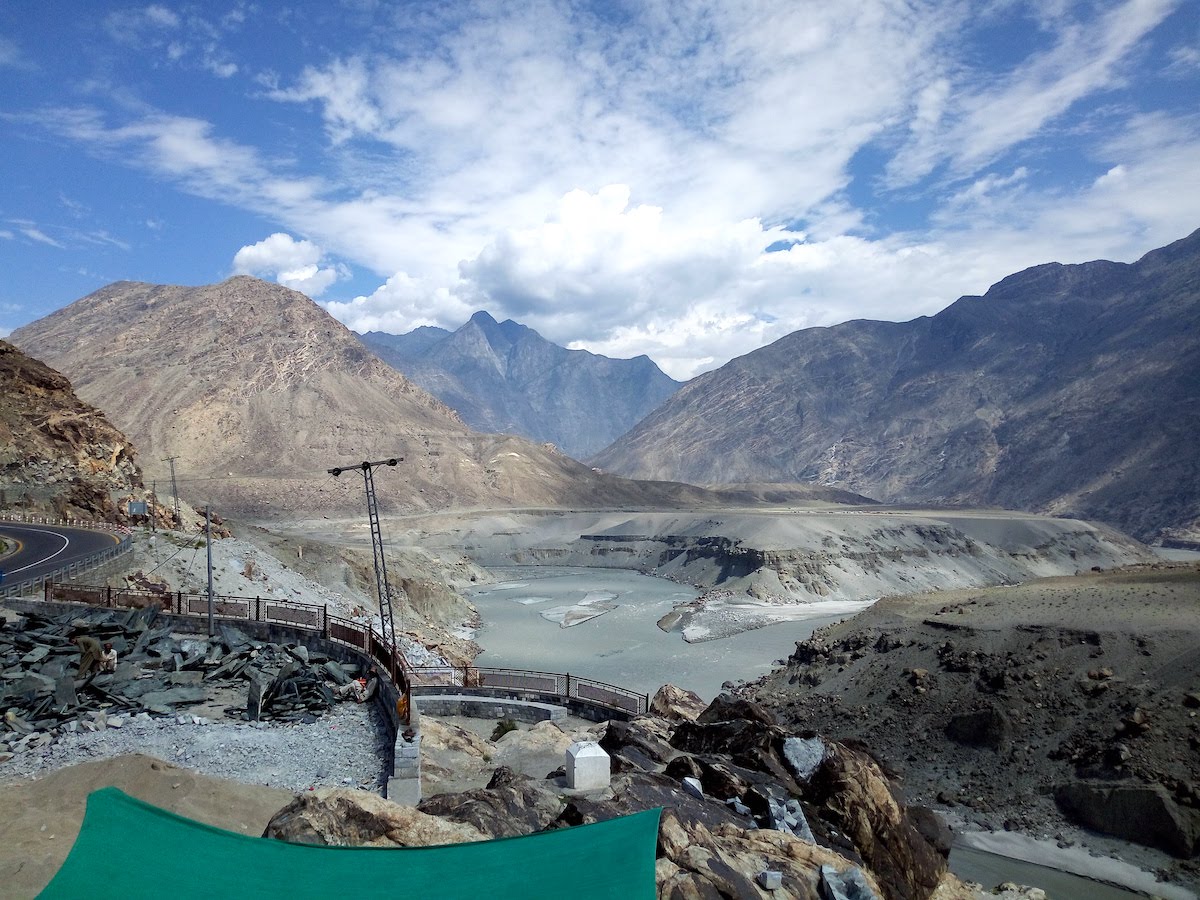
The convergence of the Himalayan, Karakorum, and Hindu Kush mountains outside of Gilgit, Pakistan.
In 2009, Pakistan’s federal government introduced the “Self Governance Order” to empower the local government by creating the Gilgit Baltistan Assembly (GBA) and changing the name from the “Northern Areas” to Gilgit-Baltistan on the demand of the local people, who wanted to see political and administrative reforms in the region.
In addition to the 33-member GBA, there is also a 14-member GB Council, which includes six local representatives and eight members from the federal government of Pakistan. The Prime Minister serves as the Chairman of the Council, thus maintaining Islamabad’s authority over the region.
Taking a dusty road sixteen kilometers outside of the bustling capital city of Gilgit, I reached Minawar, a village with 500 registered female residents. While I was there, I met Raji Ahmed, a tour operator catering to international visitors, and Mumtaz Alam, an employee of the GB Assembly. In addition to their day jobs, these two brothers have also been assisting in the operation of a rural girls’ secondary school in Minawar.
Curious about the school and their involvement in it, I asked them if they could take me to the campus to visit. Nestled in a dusty plot, surrounded by mulberry trees shading the sandy school yard, Raji explained the history of the Outliers Secondary School (OLSS) and the need the village has for its continuation.
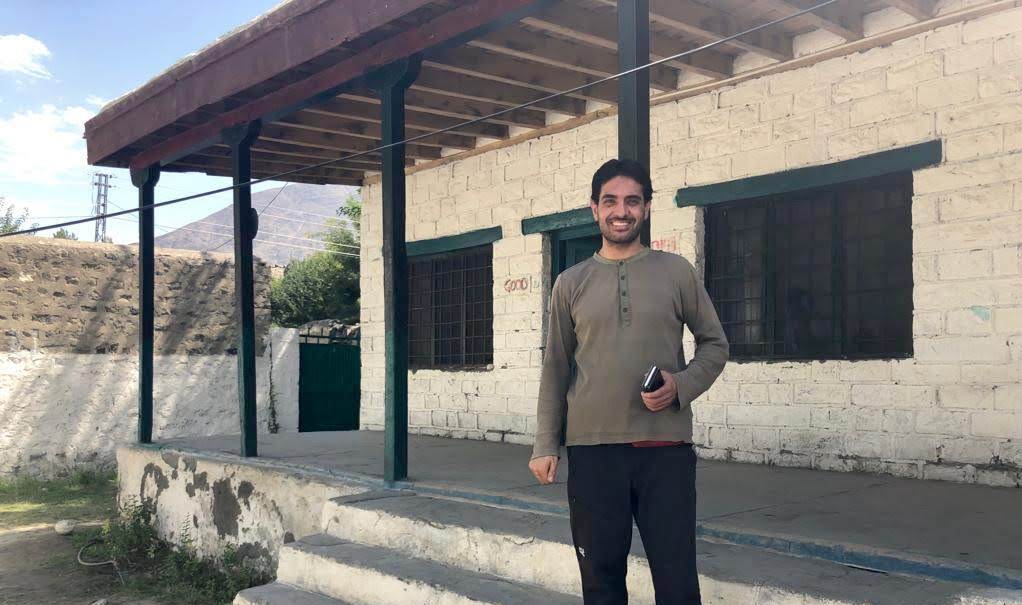
Raji standing on the steps of the Outliers Secondary School.
Prior to 2010, there was not a secondary school for girls in Minawar. This was the result of unequal funding by the Pakistani government and the reluctance of some Pakistani families to educate their daughters.
If a girl in Minawar wanted to study beyond primary school, her family could send her to school in Gilgit. However, this precluded many from receiving a secondary school education because the price of transportation was too expensive for many families to bear and they chose instead to send only their sons to school. Due to the dearth of rural girls schools, there is only a twelve percent literacy rate for females in tribal areas of Pakistan.
In their 2017 report on the situation of children in Pakistan, UNICEF reported that Pakistan ranks second in the world in the percentage of children not in school, and the first in South Asia. Rural girls in the country receive an average of only 0.75 years of schooling during their lifetime as compared to rural boys who receive 10.76 years. Further, UNICEF reports that in GB 74% of secondary school aged girls are out of school.
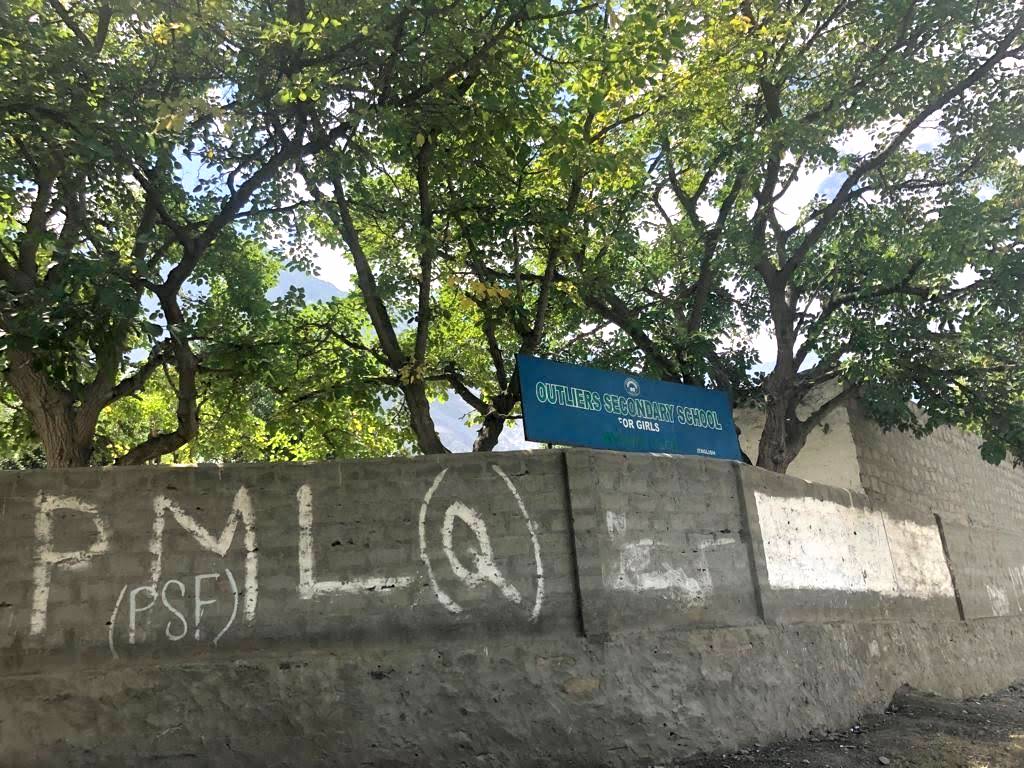
Outside the school walls.
The Outliers Secondary School in Minawar sought to change this educational situation and positively affect the lives of young women in the area. The initiative for a girls’ school began in 2010 with the private resources of Helen Nam, an American tourist who visited the village and began the funding of the secondary school. In 2013, the organization Outliers International helped to fund and expand the school to a new campus, where it now lies. However, in the last five years, the school management is facing increasing hardships in its efforts to run the school due to lack of external financial support.
Currently the villagers have been asked to support the school, but this has not been a reliable source of revenue. Students pay small fees to attend, but this totals only 10% of the school’s operating costs. The school is now dependent on donations from foreign tourists to survive.
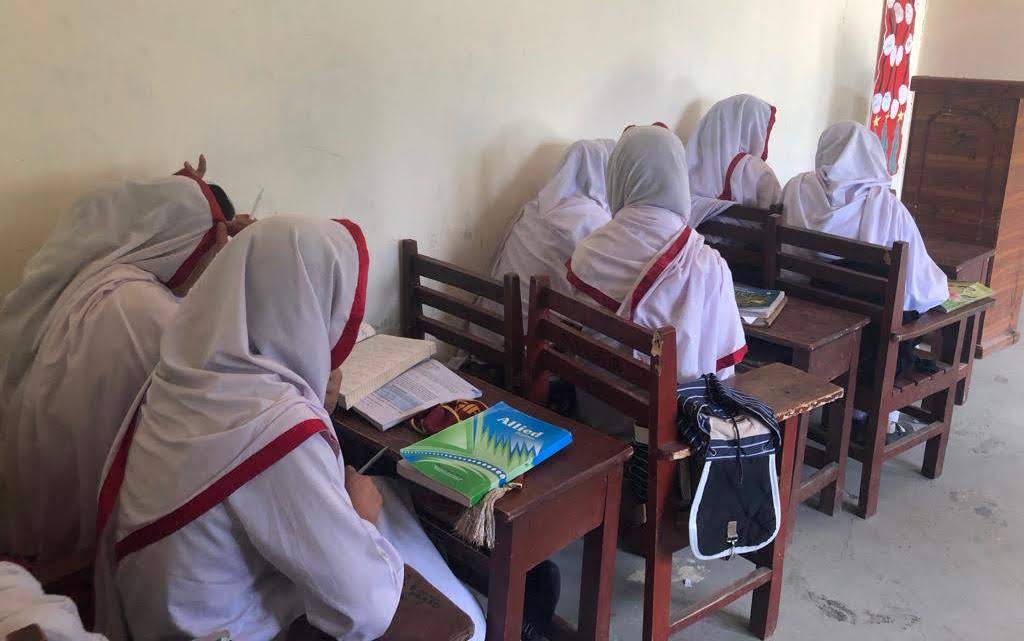
Studying biology and physics from English textbooks presents challenges in understanding the material but is necessary because their state examinations will be in English.
Visiting this tranquil campus, I witnessed the necessity of continuing this source of education for young women in Minawar village. Clad in white headscarves with blue and red trim, the girls sat at desks in pairs hovered over textbooks, attentively listening to their teachers present lessons on Urdu language, biology, English, math, physics, and Islamic studies.
When I walked into their classrooms, they were shy to answer the teachers’ questions in front of me, but as I approached them one-by-one, they were eager to show me their textbooks and speak to me in English about the subjects they study. There are currently 31 students in the school and four teachers and they attend classes six days a week.
While international and local efforts have helped educate young women in Minawar, most who finish at this high school unfortunately still do not have the opportunity to continue their education and earn a university degree due to financial constraints of their families and the cultural stigma attached to women receiving higher education. Even so, one former graduate has almost completed her master’s studies in International Relations, and another graduate has joined the school as a teacher this year.
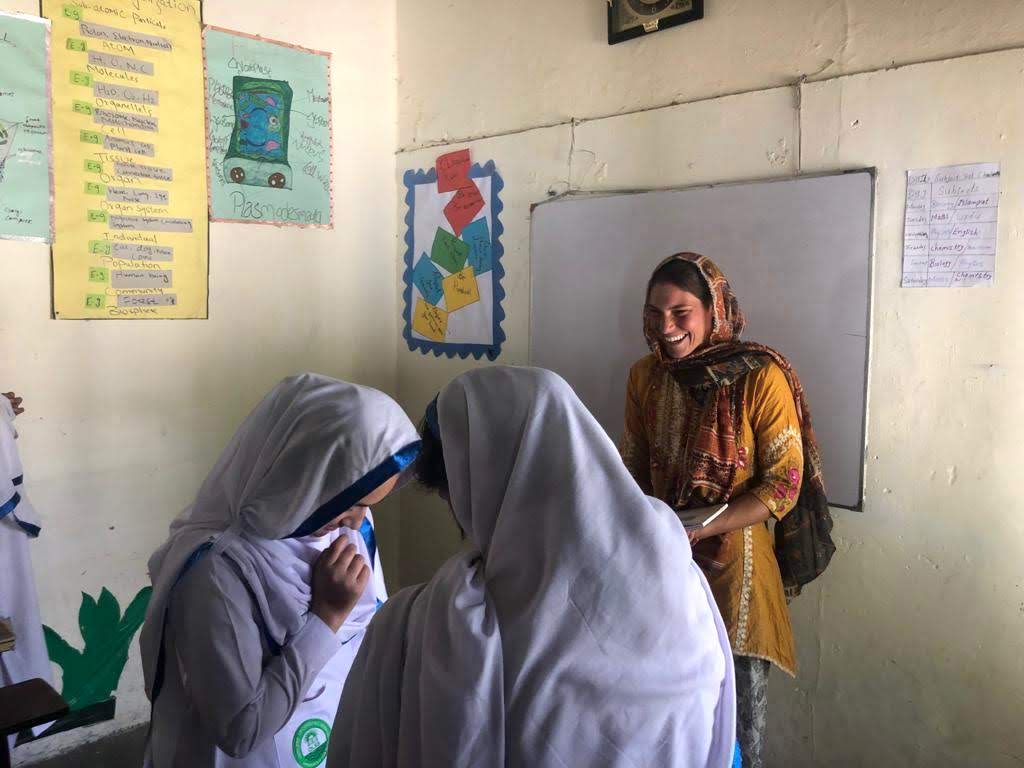
The author speaking with students in their English-language classroom.
The girls attending the Minawar school are among a minority of rural girls in GB who receive a secondary education. Due to the support from private donors around the world, the school can continue to operate and educate girls who otherwise would not have the chance to learn in a classroom. Even after I walked away from the campus, the wind blowing in the leaves of the mulberry trees, I remain hopeful for the continuation of their education and the opportunities it can provide to them.
[All photos by author]
